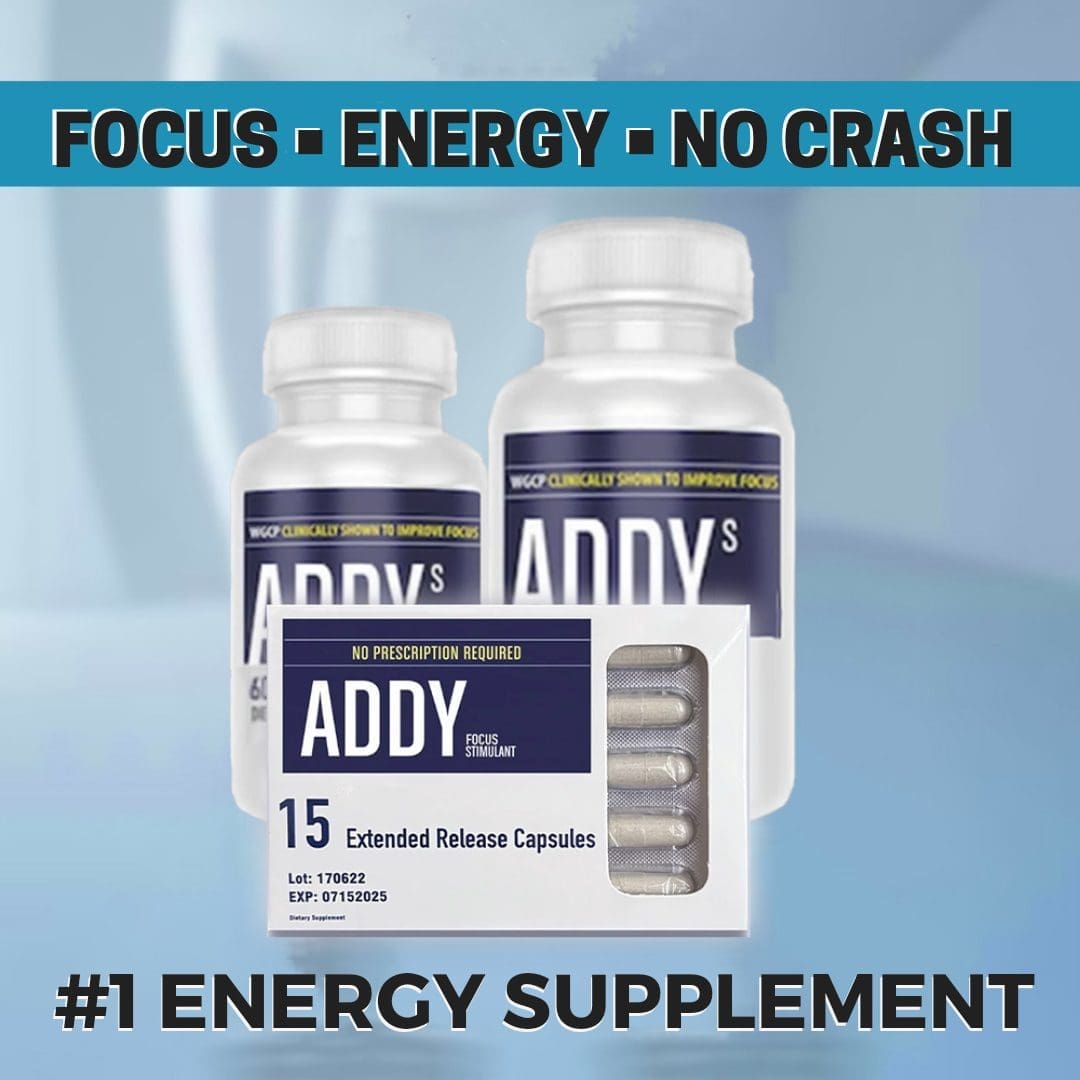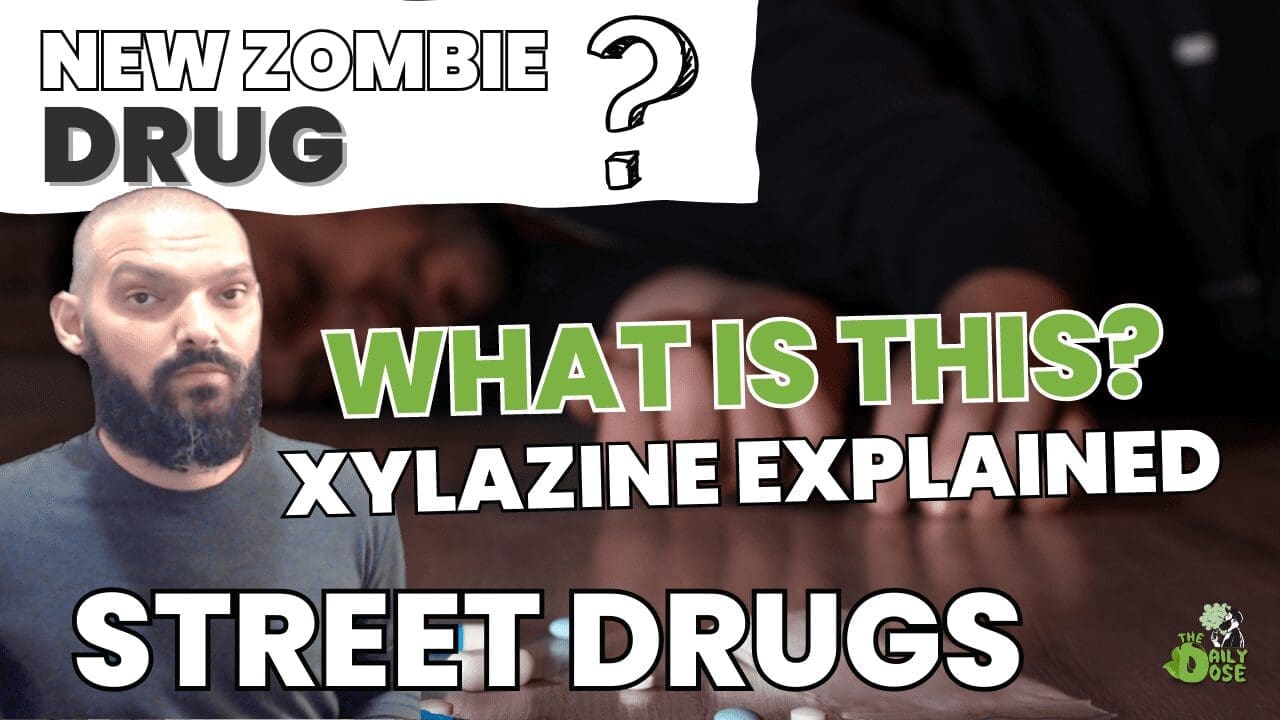To Listen To The Full Audio Episode Click Here: The Daily Dose Podcast Audio
Flesh Eating Drug Xylazine Turns Users Into Zombies
Dangers of Xylazine Street Drug
Xylazine, a potent veterinary sedative, has gained popularity in recent years as a recreational drug. Although it was never intended for human consumption, the illicit use of xylazine has become a significant concern due to its dangerous effects and addictive potential.
This article explores the risks associated with xylazine use, including its physical and mental health effects, overdose risks, long-term consequences, withdrawal dangers, and available treatment options.
1.Introduction
In recent times, the emergence of xylazine as a street drug has raised serious alarms within the healthcare and law enforcement communities. Originally developed as a sedative for animals, xylazine has found its way into the illicit drug market.
Its sedative properties, when combined with its affordability and accessibility, make it an attractive option for those seeking an alternative high. However, the recreational use of xylazine comes with significant risks and dangers.

2. What is Xylazine?
Xylazine is a veterinary medication primarily used as a sedative and muscle relaxant for animals such as horses and cows. It belongs to the class of drugs known as alpha-2 adrenergic agonists. Xylazine works by affecting the central nervous system, producing sedation, muscle relaxation, and analgesia in animals.
3. Recreational Use of Xylazine
Unfortunately, xylazine has become increasingly popular as a recreational drug in certain circles. Individuals seeking an intense sedative experience may turn to xylazine due to its potent effects. However, the non-medical use of xylazine poses significant risks and dangers.

4. Dangers and Risks
4.1 Physical Health Effects
The use of xylazine as a recreational drug can have severe physical health consequences. One of the primary dangers lies in the drug’s potent sedative properties, which can lead to profound respiratory depression, decreased heart rate, and dangerously low blood pressure. These effects can result in serious cardiovascular complications, including heart failure and cardiac arrest.
4.2 Mental Health Effects
Xylazine can also have detrimental effects on mental health. Its sedative properties can induce a state of extreme drowsiness and confusion, making it difficult for individuals to maintain cognitive function and engage in daily activities. Prolonged use may contribute to the development of mental health disorders such as depression, anxiety, and cognitive impairments.
4.3 Overdose and Death
Another critical risk associated with xylazine use is the potential for overdose and death. The drug’s potency makes it easy to miscalculate the appropriate dosage, increasing the likelihood of an overdose. Overdosing on xylazine can lead to respiratory failure, coma, and even death.
4.4 Common Street Names and Appearance
Xylazine is known by various street names, including “tranq,” “tranks,” “horse tranquilizer,” and “sleeping juice.” It typically comes in a powdered or crystalline form, resembling white or off-white granules. However, xylazine is sometimes mixed with other substances, making it challenging to identify its purity and potency.

5. Mixing Xylazine with Other Drugs
The practice of combining xylazine with other drugs, such as opioids or benzodiazepines, has become increasingly common among recreational drug users. This dangerous combination can intensify the sedative effects and further depress the central nervous system, significantly increasing the risk of overdose and death.
6. Signs and Symptoms of Xylazine Use
Recognizing the signs and symptoms of xylazine use is crucial in identifying potential users and providing appropriate support. Some common indicators of xylazine use include:
- Extreme sedation and drowsiness
- Slurred speech
- Impaired coordination and balance
- Constricted pupils
- Confusion and disorientation
- Nausea and vomiting

7. Long-Term Effects of Xylazine Abuse
7.1 Physical Effects
Sustained abuse of xylazine can result in various long-term physical health effects. Chronic use may lead to cardiovascular problems, including hypertension and irregular heart rhythm. Prolonged sedation can also cause muscle weakness and atrophy, leading to mobility issues and decreased physical functioning.
7.2 Psychological Effects
The mental health consequences of xylazine abuse can be severe. Prolonged use can result in significant cognitive impairment, memory problems, and difficulty concentrating. Individuals may experience persistent mood disturbances, such as depression, anxiety, and irritability.
7.3 Risks of Xylazine Withdrawal
Ceasing xylazine use after a period of addiction can lead to withdrawal symptoms. Xylazine withdrawal can be highly uncomfortable and potentially dangerous. Symptoms may include intense cravings, restlessness, anxiety, tremors, sweating, and insomnia. In severe cases, individuals may experience hallucinations, seizures, and delirium.

8. Treatment Options for Xylazine Addiction
Recovery from xylazine addiction often requires professional help and support. Treatment options for xylazine addiction may include:
- Medical Detoxification: In cases of severe addiction, medical detoxification may be necessary to manage withdrawal symptoms safely.
- Inpatient Rehabilitation: Residential treatment programs provide a structured environment and comprehensive therapies to address the physical and psychological aspects of addiction.
- Outpatient Programs: Outpatient treatment offers flexibility while providing counseling, support groups, and access to various therapies.
- Support Groups: Participating in support groups like Narcotics Anonymous (NA) can offer invaluable peer support and guidance during the recovery process.

9. Prevention and Harm Reduction Strategies
Preventing xylazine addiction starts with education and awareness. It is essential to disseminate information about the dangers and risks associated with the drug. Harm reduction strategies include:
- Educating individuals about the dangers of xylazine use
- Encouraging safer drug use practices
- Providing access to drug treatment and support services
- Promoting community-based initiatives for drug prevention and rehabilitation
10. Conclusion
Xylazine, originally intended as a veterinary sedative, has become a dangerous street drug associated with significant risks and consequences. The recreational use of xylazine poses severe threats to physical and mental health, including the potential for overdose and death.
Recognizing the signs of xylazine use, understanding the long-term effects, and being aware of the available treatment options are crucial steps in addressing this emerging public health issue.
FAQs
Is Xylazine the same as Xanax?
Can Xylazine be detected in drug tests?
Is Xylazine legal?
How can I help someone struggling with Xylazine addiction?
Are there any support groups for individuals recovering from Xylazine addiction?
Related Articles:
#zombiedrug #xylazine #whatiszylazine #flesheatingdrug #newstreetdrugs #fentanylandxylazine #NatureTherapy #AncientTraditions #MindBodyWellness #alternativehealing #herbalsupplements #healthandwellness #naturalmedicines #plantmedicines #learnaboutplantmedicines #thedailydose
Meet The Author





